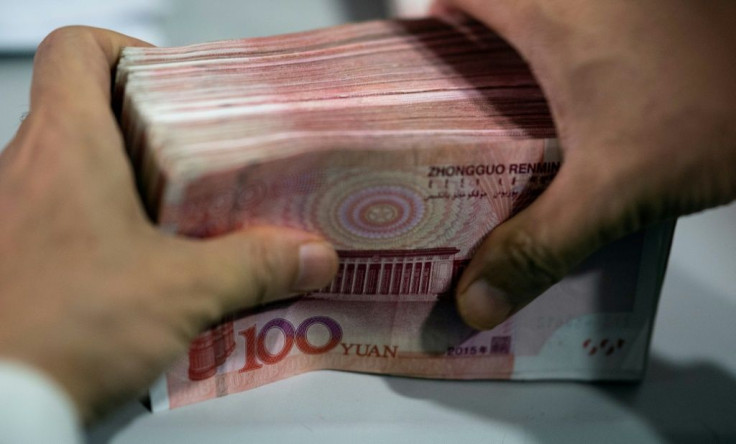China Cuts New Benchmark Rate To Boost Economy

China on Wednesday cut interest rates in a bid to shore up the world's number two economy as cooling domestic demand and a bruising trade spat with the United States hit growth.
The reduction in the loan prime rate (LPR) -- one of the preferential rates commercial banks impose on their best customers and which serves as a reference for other lending rates -- was widely expected after disappointing economic data in October.
The one-year LPR was lowered to 4.15 percent from 4.20 percent in October, the People's Bank of China (PBoC) said in a statement.
The five-year LPR -- on which many lenders base their mortgage rates -- was also lowered to 4.8 percent from 4.85 percent.
The PBoC announced in August a plan to better reflect market changes with a new benchmark lending rate. The LPR, released on the 20th day of every month, is based on rates of the central bank's open market operations, especially medium-term lending facility rates.
The LPR cut is the latest in a series of measures used to reduce borrowing costs as China attempts to free up funds for credit-starved parts of the economy.
Beijing is struggling to kickstart the economy, which expanded at its lowest pace for nearly three decades in the third quarter, battered by the US trade war, falling global demand for its goods and government battles against debt.
The PBoC on Monday trimmed the seven-day reverse repurchase rate to 2.50 percent from 2.55 percent, encouraging commercial banks to lend more to small and medium-sized companies.
However, cutting the LPR will have a "small" impact on the economy since it will "not lower the interest rate on the bulk of outstanding loans that are still linked to the PBoC's traditional lending rate", said Julian Evans-Pritchard at Capital Economics.
The decline in the five-year LPR "hints at a possible softening" of restrictions on property buying put in place to mitigate price bubbles, he wrote in a research note.
© Copyright AFP 2024. All rights reserved.





















